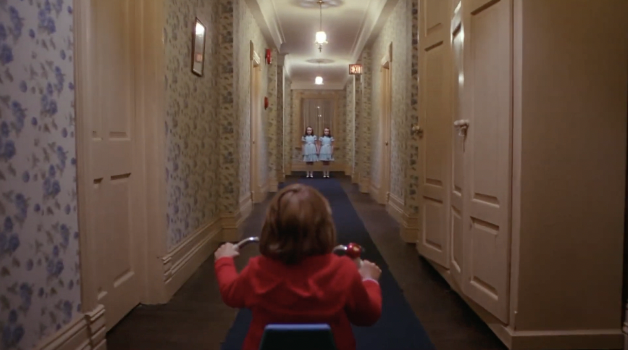In the movie The Shining, the director Stanley Kubrick used many cinematography techniques to create an eerie and uncomfortable environment for his audience. Many techniques throughout this film create different meanings and can be interpreted differently depending on who is watching it. This movie was a turning point in cinematic history, and some techniques have even been named after him, such as the ‘Kubrick zoom’.
The first and one of the most prominent techniques used was the idea of framing and one-point perspective, which gained popularity after ‘The Shining’ was released.
While perfect symmetry is usually avoided in film (as it breaks the illusion that the audience is not watching a movie), Kubrick loves to use it. Although the audience might not realise it, this technique creates a very uncomfortable feeling. Since everything is so symmetrical, it gives the audience false hope that everything is organised and safe. However, it can also be seen as very unnatural and gives a sense of a false reality. Symmetry is commonly associated with the supernatural. This constructs a world with unfathomable meanings and ideas.
Some examples of this:
When Danny is met with the two twins.
While Jack is chasing after Danny in the maze
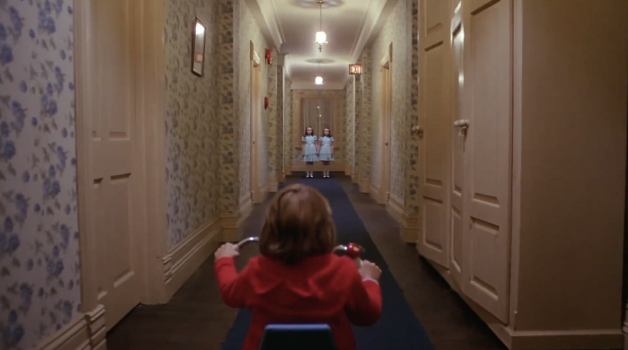
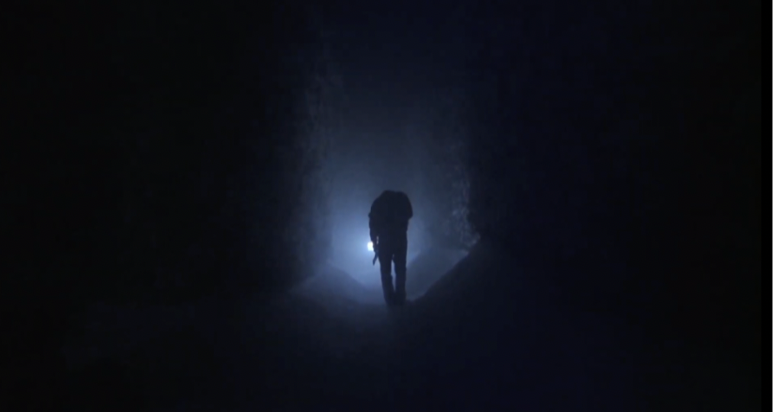
Another cinematography technique that Stanley Kubrick used was the idea of angles.
In this scene, a high-angle shot is used when Danny plays with his toys in the hallway. Kubrick did this for many reasons. First, he decided to use a high-angle shot to show the audience the whole environment and to have the entire action in the scene. In this case, it was Danny playing with his toy trucks. Having the full carpet print in view again follows the idea of mazes and structure throughout the movie since the Overlook Maze is heavily referenced, and as the hotel is so big, it is a maze to get around. Another reason could be because High-angle shots are typically used to diminish a character making them appear small, weak or vulnerable. In this case, Danny is a small boy alone in a big paranormal hotel, which already makes him vulnerable.
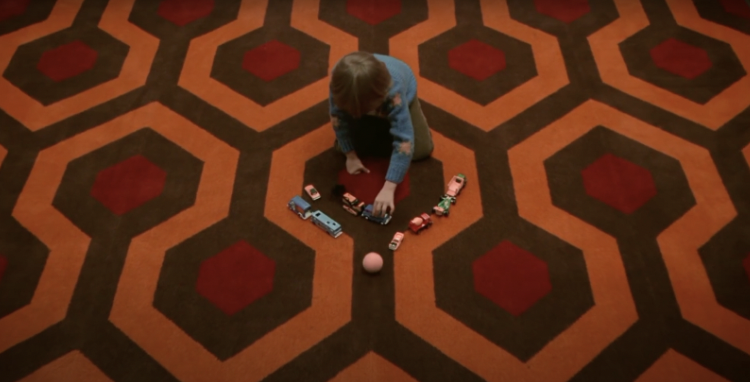
In the scene where Wendy discovered that Jack’s ‘hard work’ had only been a repeat of the sentence “All work and no play makes Jack, a dull boy”, a low-angle shot is used to show her reaction to this. This is a crucial decision as Kubrick wanted the viewers to see the emotions on Wendy’s face and create tension as the audience is curious about what Wendy is so shocked about.
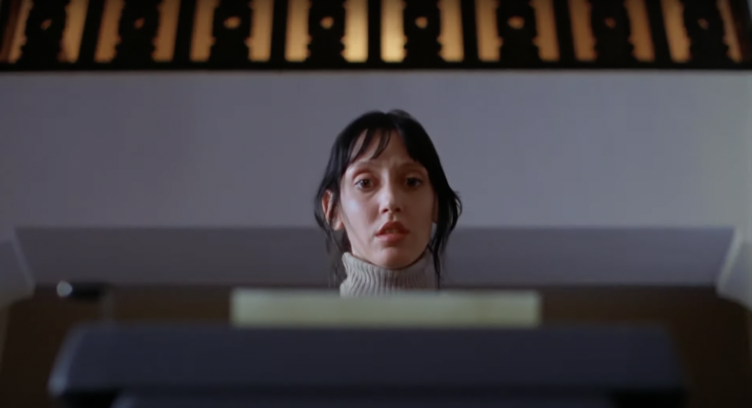
Lastly, There is a scene where Jack is looking at a replica of the Overlook maze, and it cuts to a Bird’s eye view shot of Danny and Wendy in the middle of a maze. This bird’s eye view was a very creative and effective shot for two reasons. Firstly, it shows how small these people are compared to their environment and gives the denotation that not only is this a maze but that the characters are lost and cannot be found easily. The second reason that Kubrick could have used this shot is to show how Jack stands over the maze, watching and controlling his family’s every move.

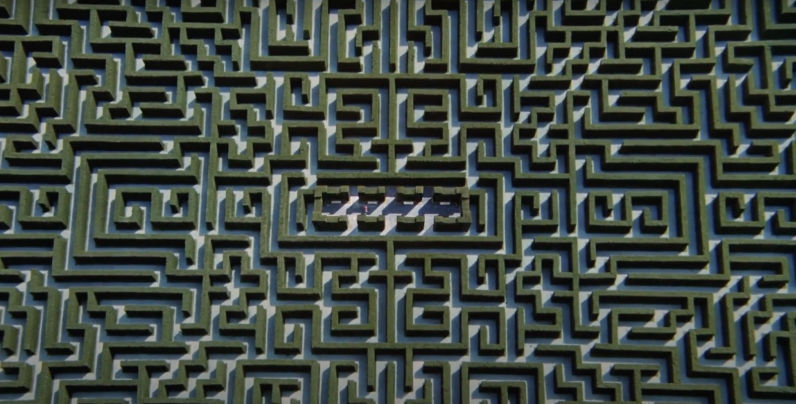
The last cinematography technique I will be discussing is the use of movement.
One of the most influential pieces of movement is the use of ‘Kubrick Zoom’. This is used many times throughout the film. Kubrick uses it so that his characters appear locked within the frame, and shots are presented like paintings. This also creates a sense of suspense for the viewers and is used so that the viewers aren’t distracted by anything in the background and only focus on the actor’s face. In this case, it was Jack, as we see him going insane.
Lastly, Stanley Kubrick was a big fan of using long continuous shots. He did this by using a tracking shot over a prominent location. It creates a connection between the character and the viewers as they are experiencing the same action and movement simultaneously. One of the most famous uses is when Danny was riding his bike in the hallway. This gives a frightening feeling to the audience as they can anticipate that something will be around the corner to scare themselves and Danny.
